How To Build An Email List Without A Website (6 Simple Tips)
It’s not a secret that building an email list is one of the most essential things for an online business. But, there is a paradox here: You want to have an email list before you launch, yet you must attract subscribers to something that hasn’t even existed.
How can you get the traffic you need to build an email list if you don’t have a website?
That is what I will show you in this article. I mean, you still should have an eCommerce website to create content and bring consistent value, but you can grow a huge email list with simple tools and some creativity.
Some of the tips in this guide have helped entrepreneurs grow huge email lists with thousands of subscribers when they haven’t opened the websites yet. Not only can you turbocharge your email list, but you can also dominate email marketing with a traffic jackpot by following these tips.
If you are wondering how to get that sweet deal - building an email list without a website, continue reading to find out.
Why should you build an email list soon
Why should you start building your email list even before launching your eCommerce website? Well, there are plenty of reasons. The main reason is to increase your chances of success by having a consistent number of audience for your product or service.
An email list is the most critical component of any effective marketing campaign, regardless of the type of business you run. You can use that list to tell your story, promote your company, and demonstrate your items, all while converting members into paying clients.
Then, when you launch your business with brand new products on a beautiful website, you can draw a lot of attention in a hurry. Once you earn a subscriber, you won’t have to gain their attention as hard as before. An average person checks their email inbox 15+ times a day, so as long as you are in their Primary box, you will be fine to gain some click throughs.
More than that, if you want to launch a new site, send a promotional campaign, or validate a new business idea, you can drive your earned traffic to your projects rather than starting over from scratch.
How to build an email list without a website
Okay, now that you understand the benefits of building an email list, let’s see how you can build one without a website or a blog. Try these next tips to conquer the email marketing land with a large army of subscribers.
Tip 1: Create a landing page
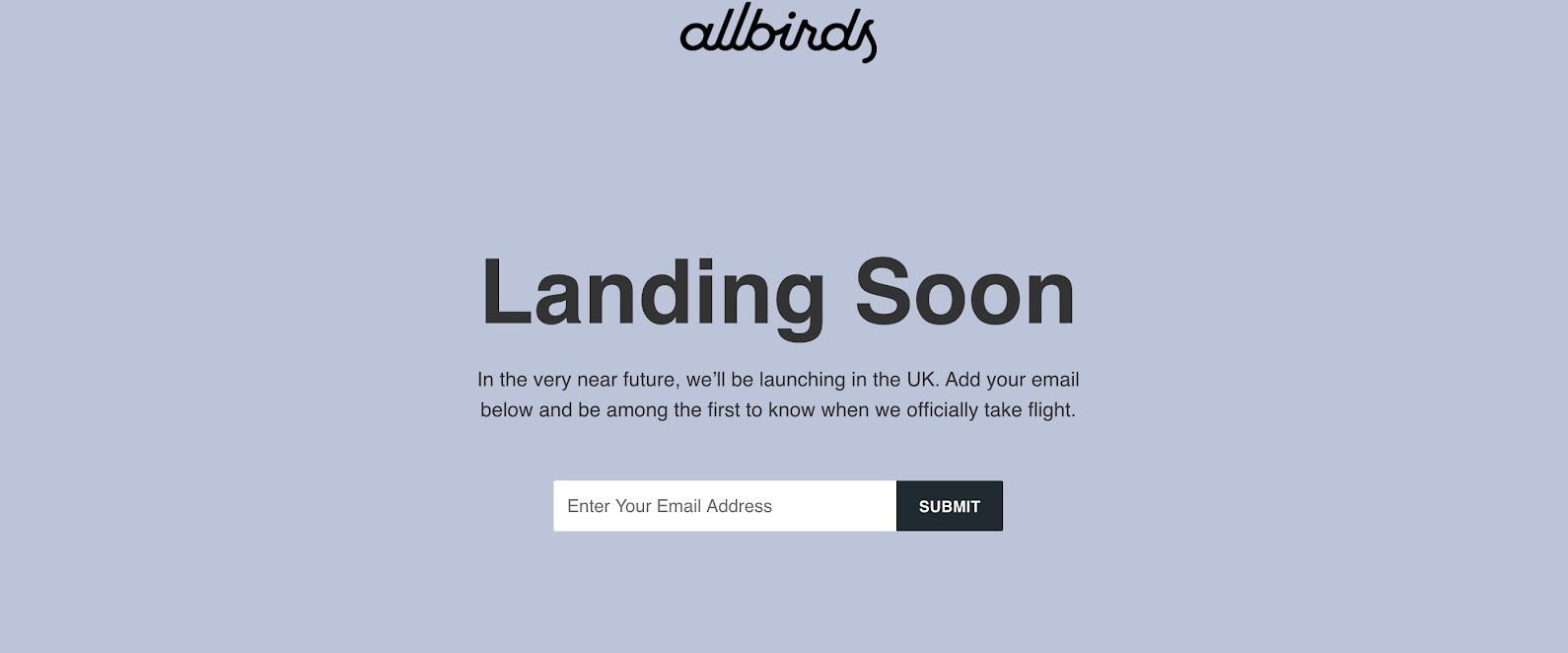
While creating a comprehensive website for your company takes time, that doesn’t mean you can’t start with a simple landing page that collects email addresses before launching.
For example, Harry’s - a man shaving brand - launched in 2013 to a whopping 100,000 email subscribers. To do that, Harry’s created a two-page landing page combining of:
-
A splash page that read “Harry’s is coming” and asked for an email address so that subscribers could be among the first to know.
-
A referral rewards program was available on the second page. It included a shareable link, and the more people that subscribed, the more the prize the entry received.
The co-founder didn’t mention paid advertising for their pre-launch landing page, so it looked like the pure power of the referral rewards program made Harry’s a big list of email subscribers. Word-of-mouth marketing probably played a big role here as well, promoting their brand during the pre-launch phase.
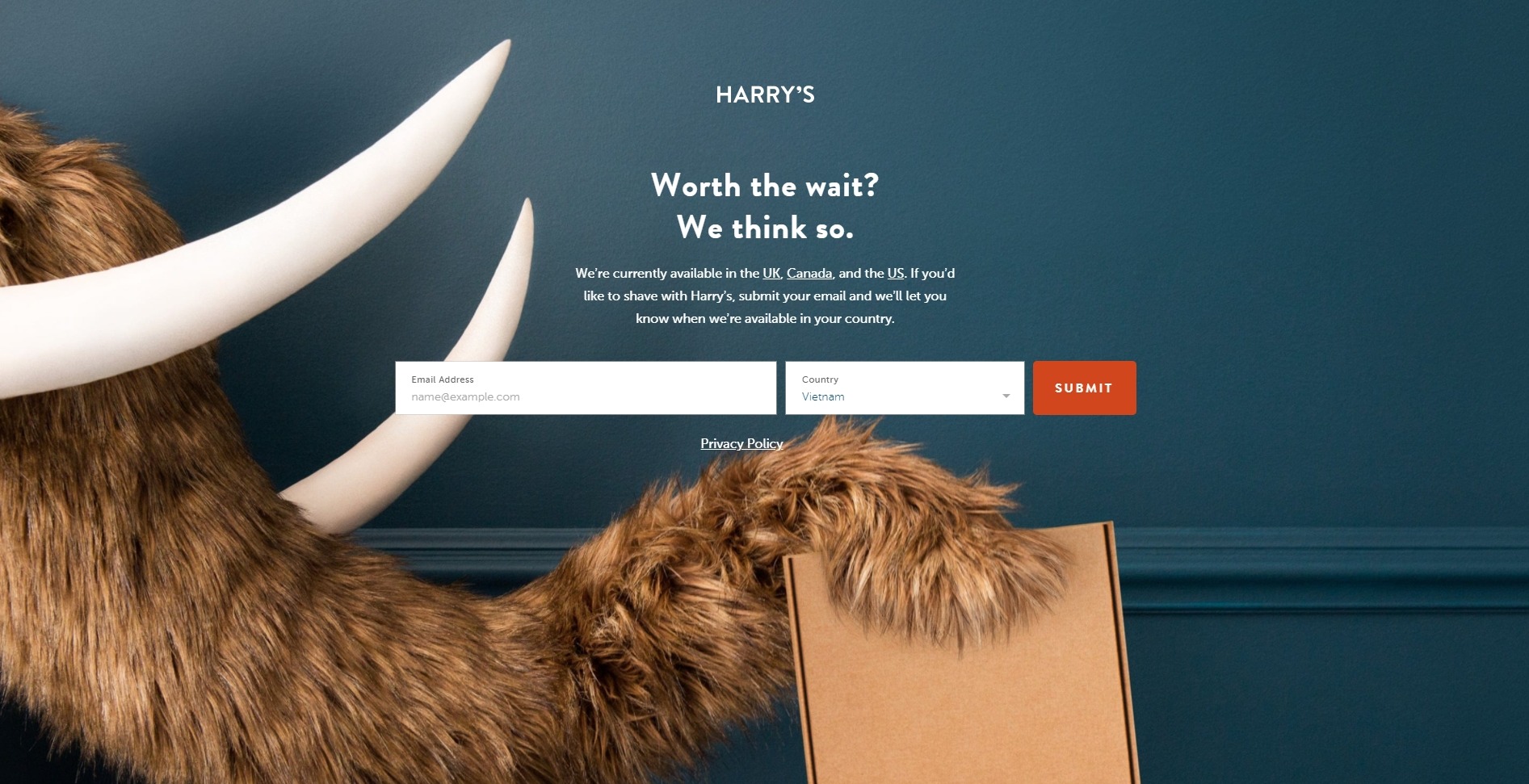
To do what Harry’s did, you need to follow these steps:
-
Pick a landing page tool: Find a tool that allows you to quickly set up a simple one-page site without any technical knowledge to capture email addresses. Wix is a good recommendation.
-
Pick an email marketing tool: You will need a tool to manage your subscribers and start sending campaigns to nurture prospective customers. AVADA Marketing Automation is an excellent choice with up to 1,000 contacts and 15,000 emails per month in the free plan.
-
Integrate your landing page with the email marketing tool: Now, link your email marketing tool to the landing page. Search how to do that in the landing page’s settings. You can also consider adding a referral program to your landing page in this step.
-
Share the landing page with your connections: Friends, family, business partners, etc, these are all potential people to give your site an initial boost and some word-of-mouth promotion. Don’t be shy to send emails personally, all businesses have to start somewhere.
That said, Harr’s started in a time when landing pages and social media was a pretty new thing. With all the noises nowadays on the web, word of mouth marketing may not do the trick for every one. You should consider investing in Facebook ads and other platforms to drive traffic to your landing page.
Tip 2: Host a viral giveaway
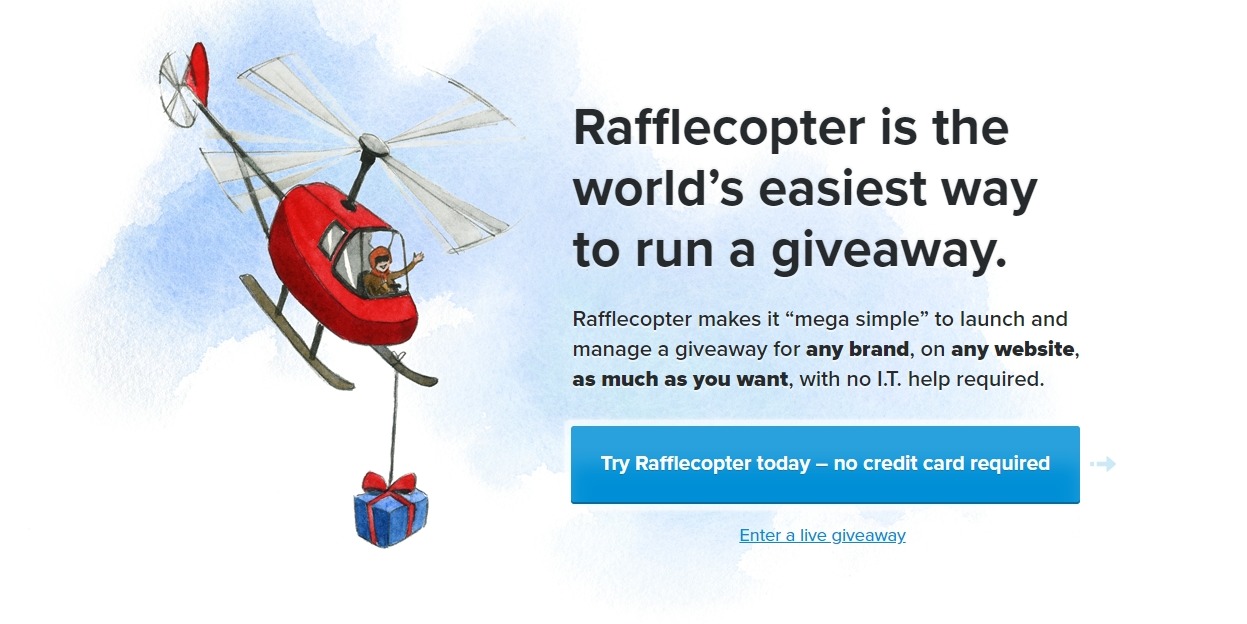
Some of the tactics in this tutorial generate a few emails each time you use them, but they don’t take long to implement.
Some of them involve more effort from you, but they generate more emails overall.
Then there’s this tactic. Giveaway produces the best outcomes for the least amount of time spent more than any other strategy. If you want rapid growth for your email list, giveaways are an excellent choice because:
-
The fact that giveaways have a deadline adds a sense of urgency to your promotion.
-
You can offer something before your product is finished, and consumers adore free stuff.
-
Even if your own product isn’t yet ready, you can use the items of your partners as awards.
-
You can increase the virality of a giveaway by collaborating with influencers or other businesses.
To pull off with giveaways, you will need two things. First, you need to give away something that is highly relevant to your website and products. Don’t use rewards such as iPhone or Amazon gift cards, this only gives you tons of low-value subscriptions. Secondly, you need to work with brands that appeal to your target audience. They are getting exposure, too, but giving you a large number of audience in exchange.
Begin by approaching certain firms and asking them to give away things that are unique to your target demographic or clients, and then ask them to collaborate with you to receive the product for free while also giving them exposure.
You’d be astonished at how many businesses are willing to donate their items as giveaway prizes. All you have to do is ask yourself, “What’s in it for them?”
Often, if you can demonstrate to them that your giveaway will have a significant reach (for example, by disclosing your existing email list size or social media following), you may get sponsors on board.
But, when starting out, you probably don’t have a huge reach. So you can use another tactic of agreeing to share the email addresses you will gather from the giveaway with the sponsors. If you do this, make sure to conclude terms and conditions in your giveaway that you will share participants’ information with a third-party company.
How do you set up a giveaway without a website? You can use a site like Wishpond or Rafflecopter. They will let you host your giveaway on their platform, providing a link that you can share and embed anywhere else on the web.
Next, promote your giveaway by promoting it to any pre existing audience you earned and asking the sponsors to share it on their social media. Remember to filter out the subscribers who are actually interested in your business and not just the prize.
Tip 3: Use social media platforms
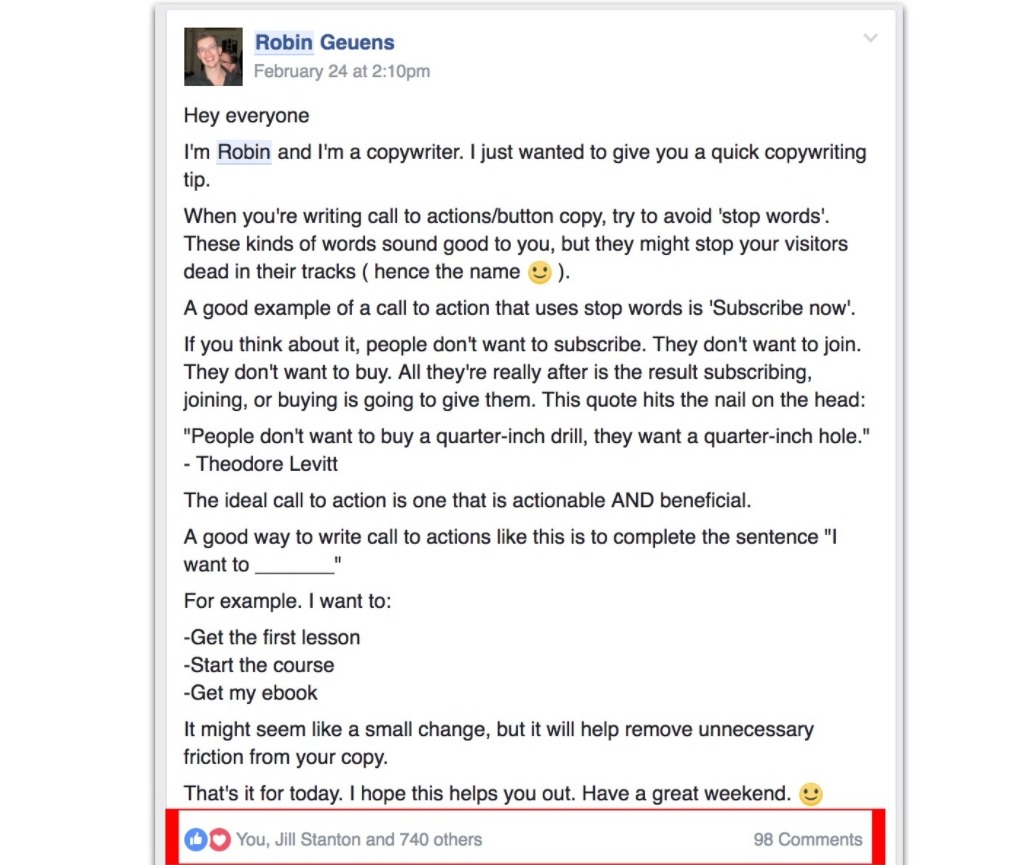
Facebook and Instagram have billions of active monthly users. The only problem is that business accounts on these platforms often have terrible organic reach. That’s why you need another approach.
I’m talking about Facebook groups. You should join Facebook groups and produce valuable contributions about your business topic. Readers of those high-value posts will then be able to access your Facebook page and opt-in through your profile.
One way to do this is by linking your Facebook business page to your Facebook profile. When people hover over your profile’s name, they can click on the link to go to your business page. Then, post a high-value opt-in offer on your landing page.
Remember to identify relevant Facebook groups to which you can contribute and begin publishing extremely beneficial stuff. Don’t be a spammer.
If members of your group appreciate what you’re doing and are in the right demographic, they’ll click on the Facebook page link, go on your landing page, and sign up for your opt-in offer. Your email list will grow gradually over time through this tactic.
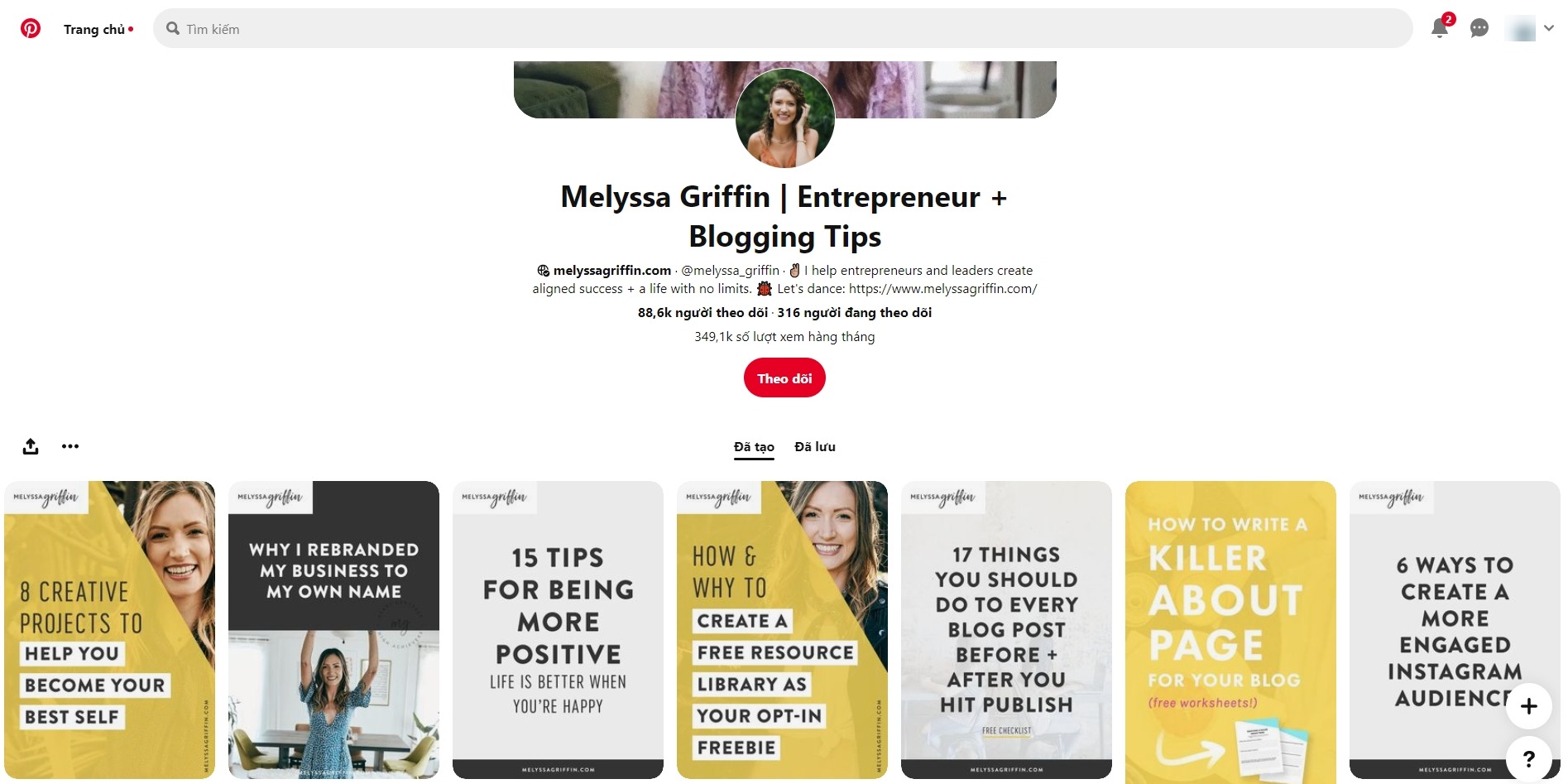
Pinterest is another social network I recommend for list construction. Think again if you thought of Pinterest as merely a collection of attractive photographs for foodies and soon-to-be brides.
If you want to turn your Pinterest account into a tool to grow the email list, first, you need to convert to a business account. This will give you access to analytics and ads to promote pins.
In the next step, you need to place target keywords in your account’s name and bio. This will help potential customers find you. You will start creating boards at this step, too. Remember to feature targeted keywords in your board’s title and description.
Pinterest also lets you increase your reach by joining relevant group boards. After joining, you can add your own graphics to the group boards to expand reach and gain more pins from the target audience. Pinterest boards and pins have a long shelf life as users keep searching and pinning. Continually repinning your own boards and group boards will then help grow your email list.
Tip 4: Create your own community
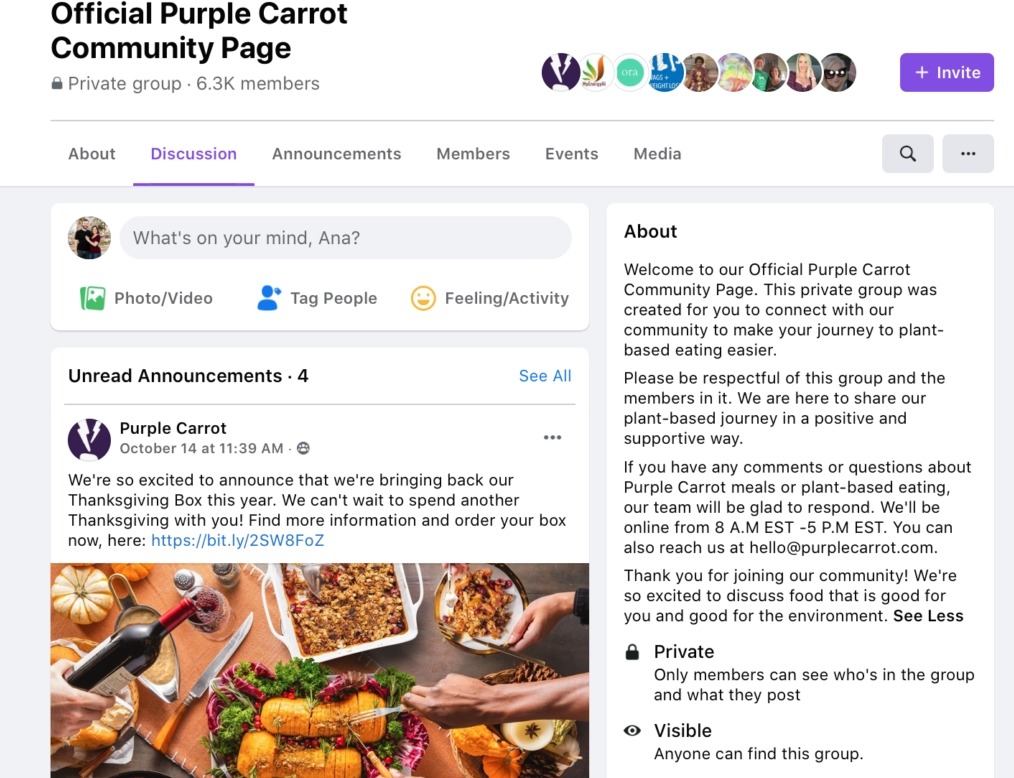
Suppose you don’t want to build your list by joining someone else’s Facebook group.
Perhaps it’s because you understand the power of Facebook groups and want to start your own. You’re a wise one.
Starting your own Facebook group can be a tremendous lead generator. Kimra Luna stated that her Facebook group accounts for 99 percent of her consumers and this is based on a 1.2 million dollar launch.
You can bet that the majority of those leads began as email subscribers who joined her organization.
Set up a Facebook group to collect emails straight away if you’re establishing one. Promote your opt-in offer by pinning a post to the top of the group. Mention your offer in your group’s description and even on the cover photo.
You can gain your first members by inviting individuals to the group using the “Add Members” option, or by paying a little fee to improve the group’s visibility in front of a specific audience:
You can post call to action postings for your opt-in offer after you’ve connected with your community and there is active debate. Aside from the potential to acquire email subscribers, Facebook groups are a major asset for your business, and this is still another advantage of them.
Tip 5: Guest post or get featured
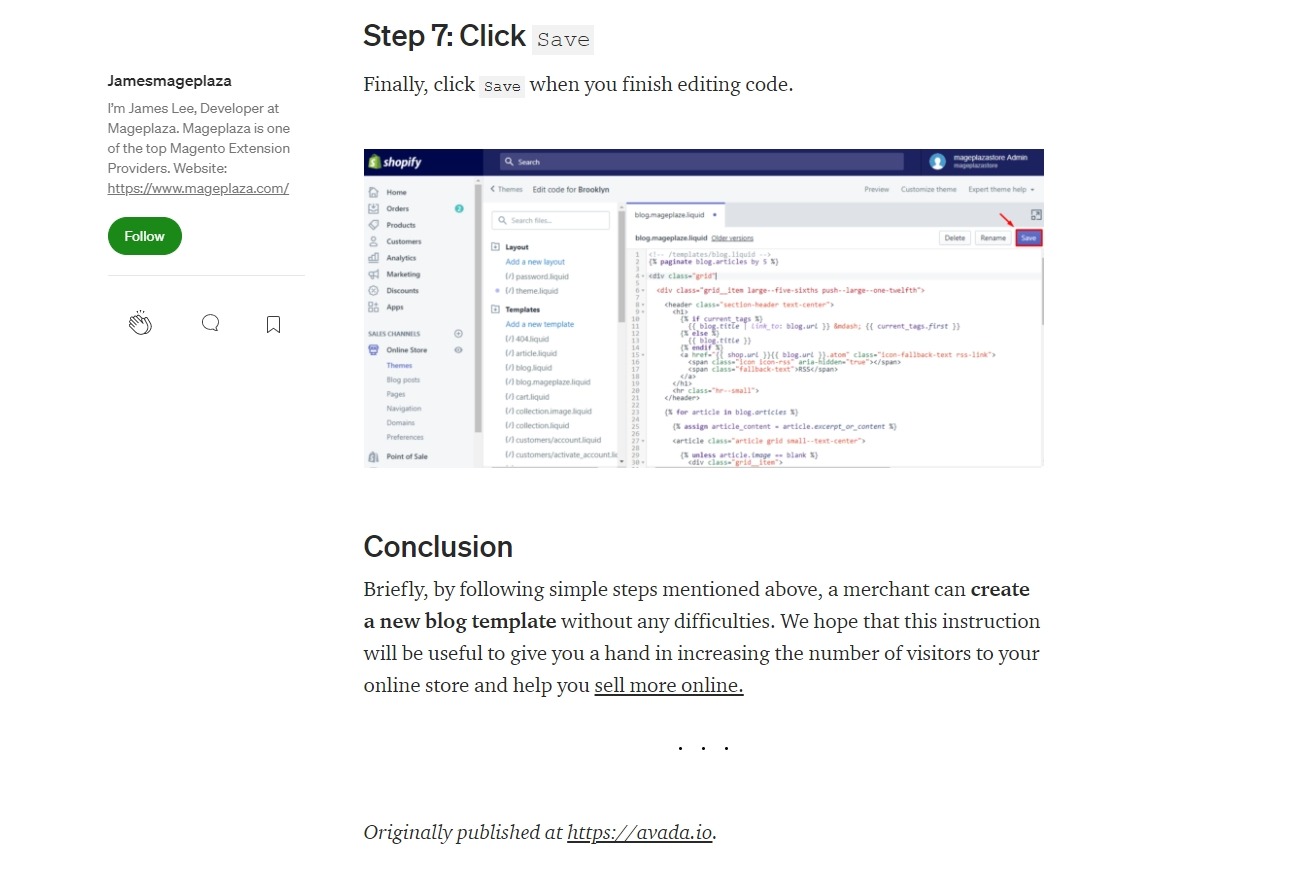
If you target the correct blogs, guest posting can be a terrific method to get in front of a large audience. And, because you can nearly always add at least one of your own links in the post or in your guest author bio (or both!), you can use guest posting to build your email list.
Some places to find opportunities for guest posting are:
-
Google: Just search for phrases like “write for us”, “guest posts”, or “submissions.”
-
Your industry’s blogs: If you are already familiar with some blogs’ content, you will know better how to craft a pitch for them to guest post.
-
Your target customer’s favorite blogs: Overall, go where that has an audience of your target customers to guest post. Some blogs won’t accept guest posting at all, but if they do or don’t mention it, it doesn’t hurt to reach out and pitch a guest post.
The key to pitch a good guest post is by showing that you can offer true value to the blog’s readers and you aren’t just promoting your upcoming launch. Also, follow their submission guidelines and add an outline so they can quickly know what you are writing about.
Another idea to appear on other blogs (without guest posting) is by getting featured. You can do this by simply republishing articles on other publications such as Elite Daily, Entrepreneur.com, Huffington Post, or Medium. You just need to change around 25% of the article, update the headline, and then republish.
At the end of the republished content or in your author’s bio, make sure to include a link to your landing page. Since these publications have a huge traffic, you can enjoy new email opt-ins on autopilot as long as your republished articles get more readers.
Medium is a special case since it’s more like one large publication with many writers from different publications. Through an unique discovery feature, the site curates an assortment of stories catered to readers’ interests (Daily Digest) and sends them through customized newsletters. This is great news since you can reach a huge number of target audiences - for free.
You will do best on Medium with some relevant tags and better if you can join some publications on the site, too. We are doing the same at AVADA, repurposing our articles on Medium to get more traffic for the website (image above).
Tip 6: Make a free webinar
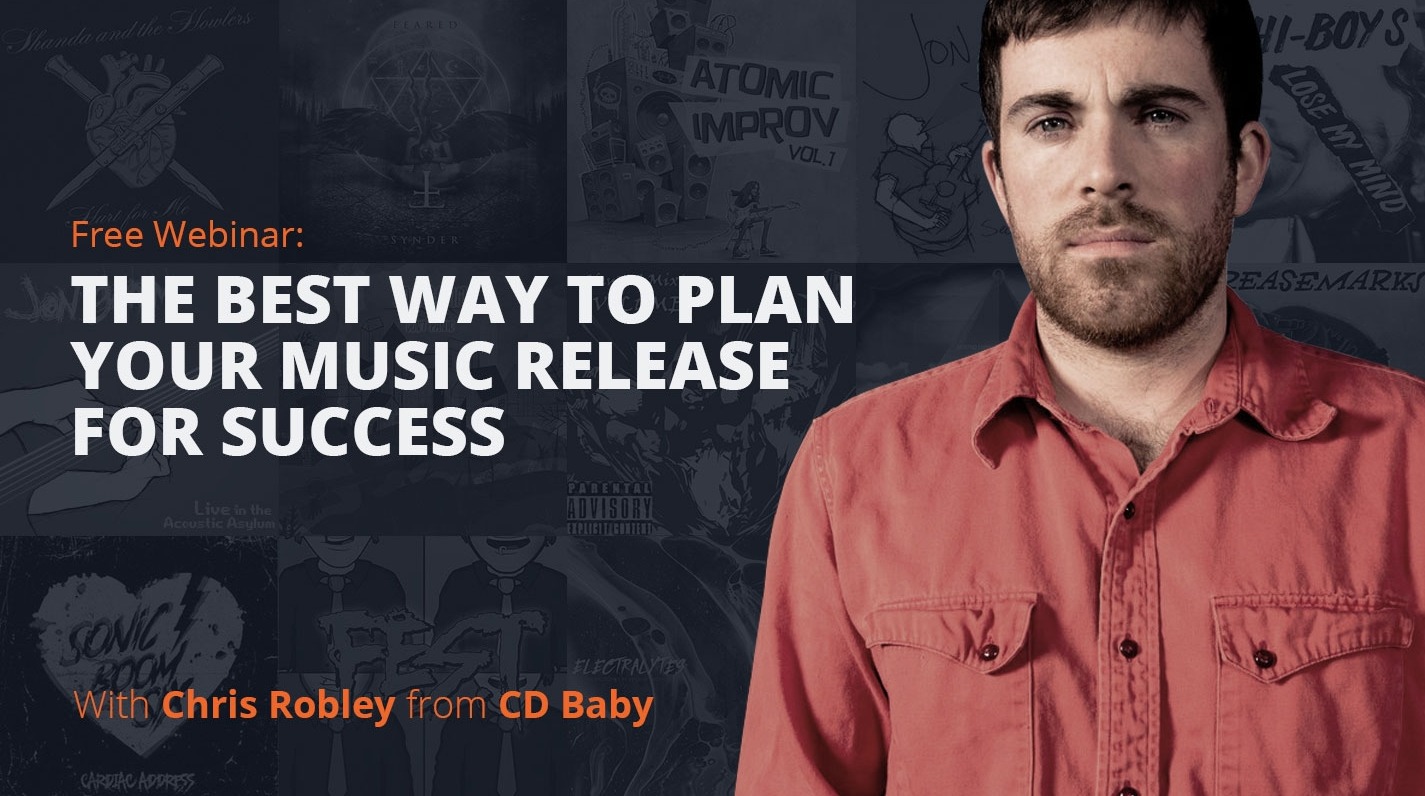
Video can outperform all other content nowadays as people are so accustomed to digesting this type of content. Come in webinars - live videos teaching your target audience something specific and even allows interaction!
Elna Cain’s first webinar resulted in over 370 new email subscribers, and her second was even more successful, with over 1,200 subscribers (and this was for a four month old website).
Do it right and webinars can drive sales, establish massive authority for your brand, and grow your email list like never before.
To do that, first, you need to choose a webinar topic. The best way to do this is by presenting the most popular piece of content that you’ve created. If you don’t have popular content yet, use Google Trends to search for subjects on demand or check out what your competitors are offering.
After that, breaking your content into slides can create a simple landing page for registration. To grow your audience and email list faster, co-host your webinar with someone from your niche. You can both promote to existing audiences you have and share email subscribers gained after the show.
You can also try asking influencers in your niche to share your webinar or join in. If you do this, though, you should make sure that your webinar is not for selling anything. We don’t want to turn this into a Facebook live for selling stuff, we want to keep it knowledgeable.
After hosting a free webinar like this with a good landing page, you should see at least a small increase in the number of email subscribers. Remember to record your webinar and use it later as an opt-in offer for those who missed it.
Final advice
Every moment that you are not growing your email list, your business is losing potential customers. So, stop waiting for your website to finish before getting more email subscribers, you don’t need traffic to build a list with thousands of subscribers.
With the 6 tips in this article, you can start attracting email subscribers even if your website is still a blank page. Start small, test things out, and work your way up to more tactics like republishing, giveaways, guest posting.
Do you have any other idea to build an email list without having a website? Share it in the comments!
New Posts






